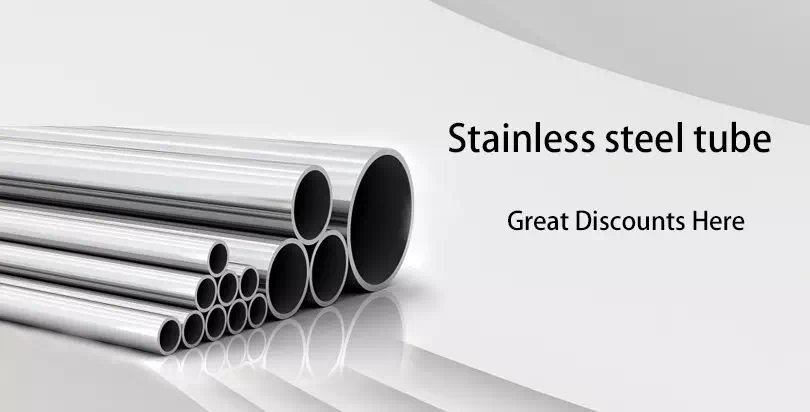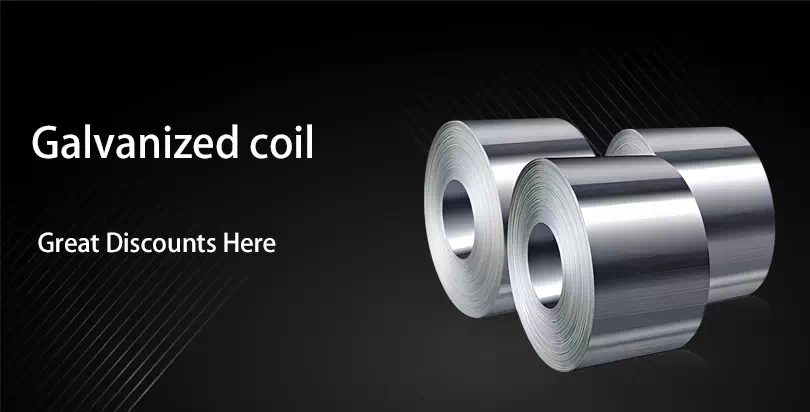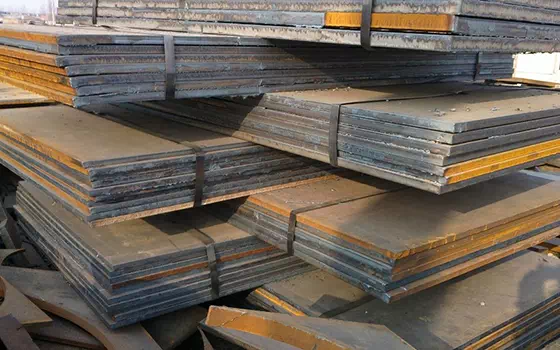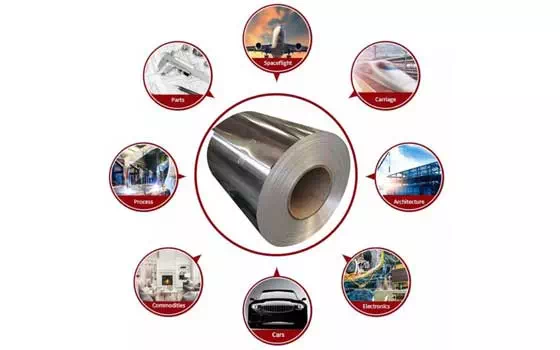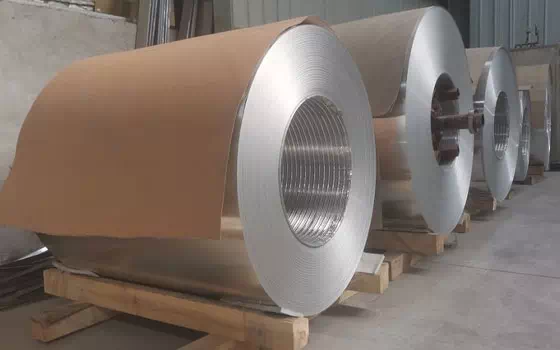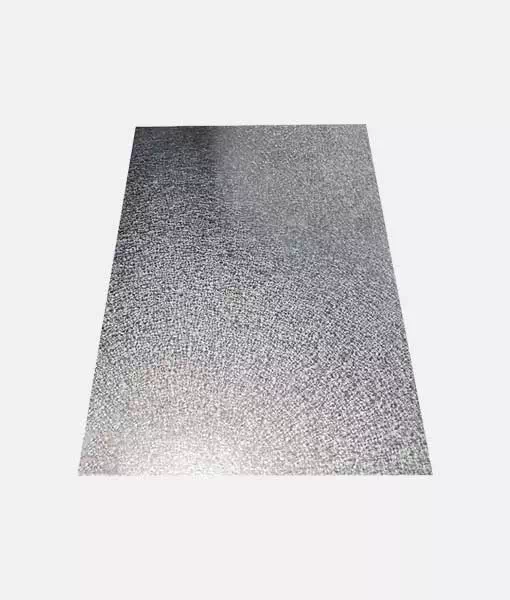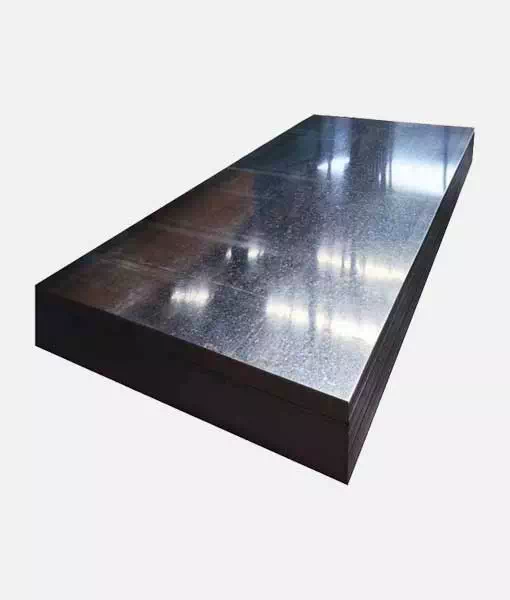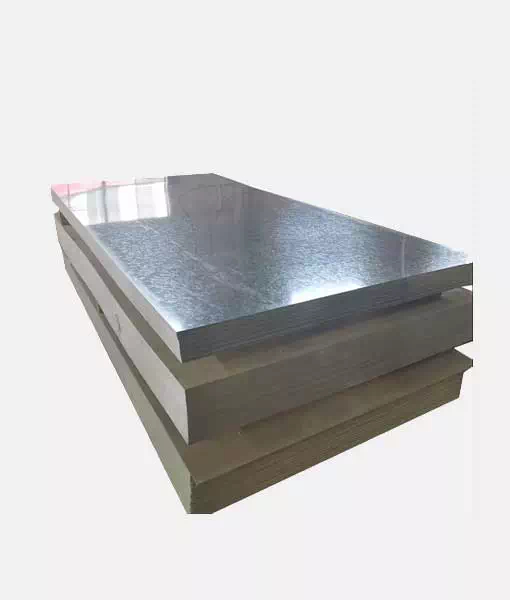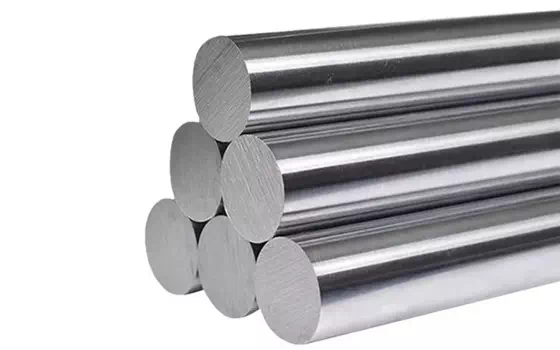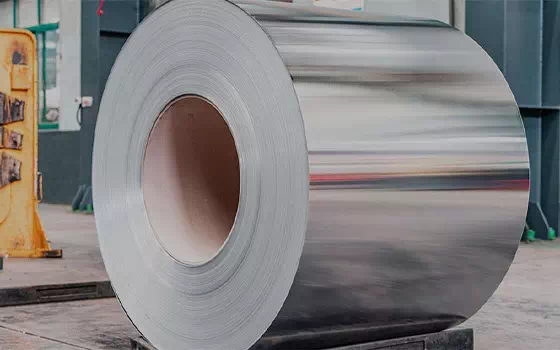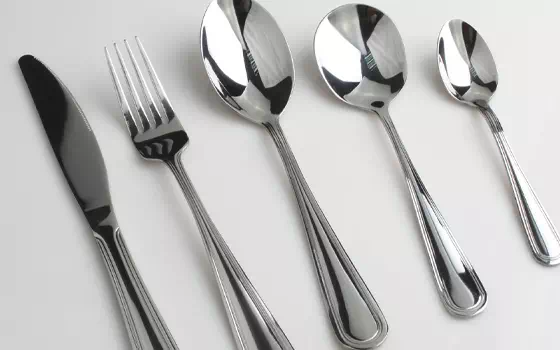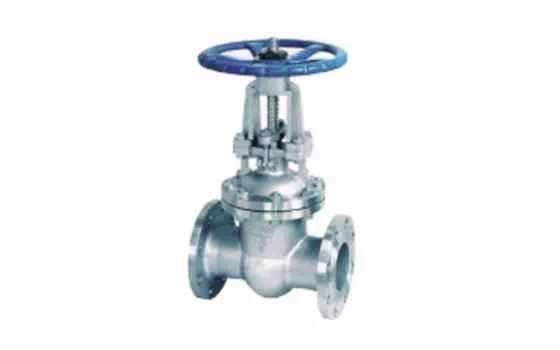The corrosion resistance test of galvanized sheet mainly includes two categories: one is the simulated corrosion environment test, such as salt spray test, aging test, humidity test and so on. Another type of test is the natural environment corrosion test, such as the coupon test conducted at typica
The corrosion resistance test of galvanized sheet mainly includes two categories: one is the simulated corrosion environment test, such as salt spray test, aging test, humidity test and so on. Another type of test is the natural environment corrosion test, such as the coupon test conducted at typical atmospheric test stations in various countries in different climates and geographical environments. At present, there is no clear requirement for corrosion resistance in the delivery conditions (or standards) of hot galvanized sheet products at home and abroad. In the metal, home appliances, automobiles and other specific industries of galvanized sheet users, neutral salt spray test is mainly used to test or verify the corrosion resistance of galvanized products. In order to understand the corrosion resistance of galvanized products produced by Masteel, after the production line was stabilized, 50 steel coil samples were collected, 10 of which were galvanized 25% aluminum alloy coating products, salt spray test was carried out, and comments were made.
1 Test materials and methods.
Sample properties: Test galvanized sheet substrate thickness is 0.3 ~ 1.6mm, width is 1000 ~ 1250mm, single-sided galvanized layer weight is 68 ~ 158g/m2 products, surface states include unpassivation, chromate passivation, no oil passivation, light oiled (oil is electrostatic oiled mineral oil P32prevox C932) and its combination. The raw material grade is SGCC, and the production process is hot metal pretreatment - LF furnace - CSP - pickling - cold rolling - hot dip galvanizing. Passivation is spraying, hot air drying, and oiling is electrostatic oiling. Test conditions: The equipment is a salt spray test chamber, the model is Q2FOG, and the execution standard is GB/T10125-1997. "Artificial atmosphere corrosion test: salt spray test", the test is neutral salt spray test (NSS test). The sample size was 150mm× 75mm, the edge was protected with tape, the mass concentration of sodium chloride was (5±0.1) %, the pH value was 6, the temperature of the experiment chamber was (35±2)℃, the spray pressure was 70~170 kPa(about 100 kPa), and the spray volume was 1.5ml/h/80 cm~2. The test period was 24 h. The tests recorded when 5% of white rust and 5% of red rust appeared.
2 Test results and analysis.
2.1 Salt spray corrosion resistance of pure galvanized galvanized sheet.
2.1. Occurrence cycle of white rust (5%).
During the test, in order to ensure the stability of the atmosphere in the box, we open it every 24 hours and record the changes of the sample.
(1) In the first 24 hours, a large area of white rust appeared on all non-passivated products. According to the tracking test, 5% of white rust generally occurs within 2 to 8 hours. Surface passivation products begin to show small areas of white rust on the first day, until 5% of the red rust appears, and the surface is only partially rusted. The longest duration of 5% white rust in all test samples was 5 days. The sample is a passivated oil-coated galvanized sheet with a zinc layer thickness of about 100g/m2 on one side.
(2) There is no causal relationship between the time of white rust and whether it is oiled or not and the thickness of zinc layer. According to the above results, the period of white rust is mainly related to passivation, which is the basis for judging the passivation quality, especially the passivation uniformity.
1 important indicator. From the point of view of production equipment and process, the spraying process is affected by nozzle pressure, Angle and passivation fluid weight. The uniformity of passivation layer is generally worse than that of roll coating process.
2.1.2 Emergence period of red rust (5%).
The results of salt spray test were analyzed. The abscissa was the time for 5% red rust to appear, the principal coordinate was the mass of single-sided zinc layer, the secondary coordinate was the amount of passivation and the amount of oil film, and 0 was passivation or no passivation.
1 means passivation. Oiling 0 indicates no oiling, and 0.5 indicates that the amount of oiling is 0.5 g/m2.
Hot dip galvanized red rust (5%) cycle results of pure zinc coating.
(1) Passivation has a strong correlation with the red rust cycle. The reason is mainly related to the progress of corrosion. When white rust appears on the surface of the plate, the corrosion reaction begins to consume the galvanized layer. Due to the protection of the passivation layer, the zinc layer only produces white rust in the less passivation part. Unlike non-passivated galvanizing, the corrosion consumption of the entire plate is caused by the steel plate, so the passivated galvanizing layer will shorten the cathodic protection period of the substrate. The appearance of red rust in the salt spray test also proves this.
(2) Oiling has little effect on salt spray resistance test results. Oil coating is a physical barrier, which can prevent the corrosion of zinc layer by air and water to a certain extent, but a large amount of salt spray can easily wash away the upper oil layer on the surface during the salt spray test, so that it can not play a protective role.
(3) The quality of the zinc layer on one side of the galvanized sheet is greater than 70g/m2. Whether passivation or oiling, the time of red rust (5%) in the salt spray test shall not be less than 4 days (96h meets user requirements).


